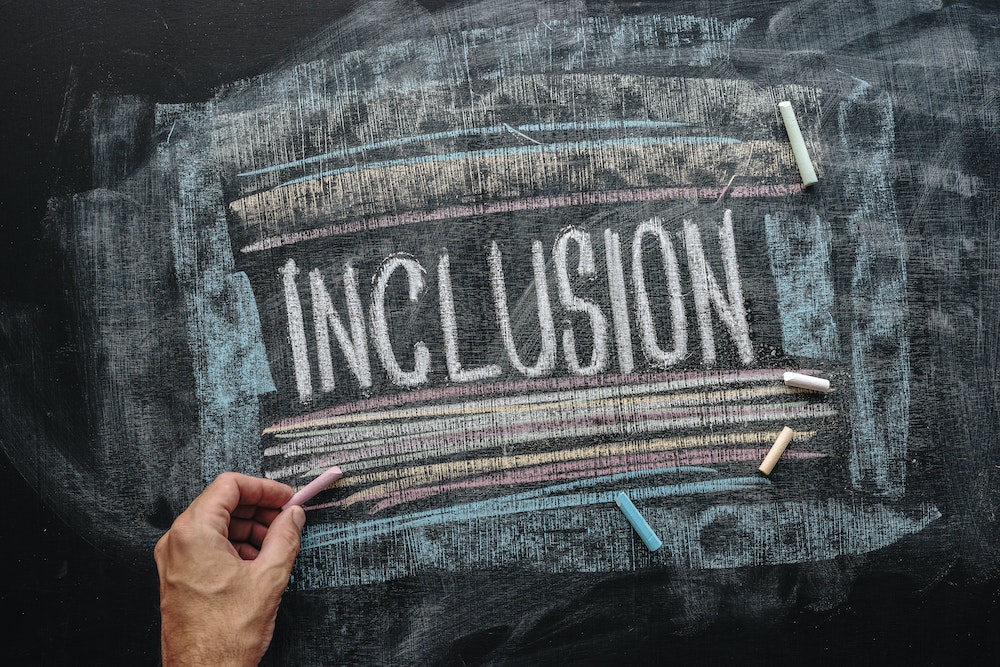How to Develop Effective Anti-Discrimination Policies in Sports Organizations?

Sports organizations, from school sports teams to elite sporting bodies like the International Olympic Committee (IOC), are places where people from all walks of life come together. The common passion for sports can foster unity and camaraderie, but it can also bring to light serious issues like discrimination. As we delve into this topic, you will discover the importance of creating and enforcing anti-discrimination policies that promote diversity, inclusion, and fair treatment of all athletes, regardless of their race, religion, gender or cultural background.
Recognizing Discrimination in Sports
Before we can formulate anti-discrimination policies, we must first understand what discrimination looks like in the world of sports. Discrimination may occur when unfair treatment is given based on factors such as race, gender, age, disability, or sexual orientation.
Lire également : What Role Can Technology Play in Enhancing Global Biodiversity Conservation Efforts?
Women, in particular, have faced discrimination in sports. Historically, women have been sidelined, with fewer opportunities, lesser pay, and inadequate exposure compared to their male counterparts. Similarly, athletes from minority groups often report incidences of racial abuse, lack of representation, and unequal opportunities.
An organization’s failure to address these discriminatory behaviours creates an oppressive environment that can damage athletes’ mental and physical health. Therefore, recognising and understanding discrimination is a critical step in developing effective policies.
Dans le meme genre : How to use thermal imaging and other advanced technologies for energy efficiency audits in real estate?
Developing a Comprehensive Anti-Discrimination Policy
An anti-discrimination policy serves as a guideline for maintaining equality and fairness in your sports organization. It should lay out the rules clearly, explain the consequences for breaking them, and outline the process for reporting discrimination and resolving complaints.
In developing such a policy, consider these key areas:
Setting Clear Criteria and Guidelines
Your policy should clearly define what constitutes discriminatory behavior. This could include discriminatory language, actions, or decisions that negatively impact athletes based on their ethnicity, gender, age, or other protected categories.
Ensure your policy also outlines the standards of behaviour that are expected from everyone involved in the organization. Make it clear that discriminatory comments, harassment or bullying will not be tolerated.
Establishing Reporting and Complaint Resolution Procedures
Arming your athletes with the knowledge of how to report incidents of discrimination is crucial. The procedure should be simple and the policy should guarantee confidentiality to protect the athletes from potential backlash.
Additionally, the policy should lay out the process for handling and resolving complaints. This might involve internal investigations, mediation, or involving third-party investigators.
Promoting Diversity and Equality in Sports Organizations
Enforcing anti-discrimination policies goes hand in hand with promoting diversity and equality. This will involve creating an environment where people from different backgrounds feel included and valued.
Implementing Equal Opportunities for all Athletes
Equal opportunities can be promoted by ensuring that all athletes, regardless of identity, have equal access to opportunities. This includes access to training facilities, opportunities to participate in competitions, and selection procedures that are fair and transparent.
Championing Women Inclusion in Sports
Given the historical context of gender discrimination in sports, special attention should be given to promoting women’s inclusion. This means creating equal opportunities for women, addressing gender pay gaps, and promoting women in leadership positions within sports organizations.
Collaborating with other Sporting Bodies
The final step in developing an effective anti-discrimination policy is to engage with other sporting bodies, both national and international. This collaboration can facilitate sharing of best practices, joint initiatives, and collective responses to incidences of discrimination.
The IOC, for example, has a unit dedicated to promoting gender equality and diversity in sports. Partnering with such organizations can provide valuable resources and guidance.
Remember, developing an anti-discrimination policy is not a one-time effort. It requires constant review and revision to ensure that it remains effective and relevant. As the world of sports continues to evolve, so should your anti-discrimination policies.
Fostering an Inclusive Environment for Trans Athletes
In recent years, the recognition and acceptance of trans athletes in sports have been a significant issue. As we develop anti-discrimination policies, it is paramount to ensure that all athletes, regardless of their gender identity, are given a fair chance to compete and excel.
Trans athletes often face multiple layers of discrimination including exclusion, harassment, and unfair competition policies. This is a clear violation of their civil rights, and sports organizations need to address this issue proactively.
Sports governance should work towards the creation of policies and procedures that accommodate and affirm trans athletes. This could involve adopting non-discriminatory selection procedures that respect athletes’ self-identified gender, ensuring equal access to training facilities, and providing sufficient support for transitioning athletes.
Moreover, sports organizations should provide education and training for all stakeholders on trans issues. This would help to foster understanding, reduce prejudice and ensure respectful interactions within the sports community.
Evidence-Based Decision Making in Policy Development
To develop effective anti-discrimination policies in sports, we must rely on evidence-based decision making. This involves collecting and analyzing data on instances of discrimination in sports and using this information to shape policies.
Organizations should conduct regular surveys to gather first-hand experiences of athletes, coaches, and other stakeholders. Direct feedback gives an insight into the prevalent discriminatory practices and helps sports bodies understand the areas that need attention.
Monitoring and evaluation mechanisms should also be in place to assess the effectiveness of anti-discrimination policies. This would involve tracking the number of reported incidents and their resolution, changes in attitudes and behaviors within the organization, and the representation of marginalized groups in sports.
The use of evidence in policy development ensures that the policies are based on current and relevant information, increasing their effectiveness in addressing discrimination in sports.
Conclusion: Towards a Discrimination-Free Future in Sports
Discrimination has no place in sports. As sporting organisations strive to create a level playing field, the development and implementation of robust anti-discrimination policies are critical. From acknowledging the issue of discrimination, creating comprehensive anti-discrimination policies, to promoting diversity inclusion, the journey towards equality in sports requires concerted effort from all stakeholders.
The recognition of women athletes, trans athletes, and athletes from diverse backgrounds is a necessary step to ensure equal opportunity. Collaborating with other sports bodies and using evidence-based strategies are promising approaches in the fight against discrimination. By doing so, we are contributing to a more inclusive and equitable sports culture.
While progress has been made, the journey towards achieving complete gender equity and diversity in sports is ongoing. As we approach the upcoming Olympic Games and beyond, let’s continue empowering all athletes, regardless of their race, religion, gender, or cultural background. With the right anti-discrimination policies in place, we can advance towards a more inclusive and equitable world of sports.
